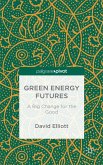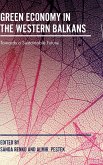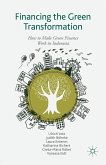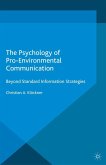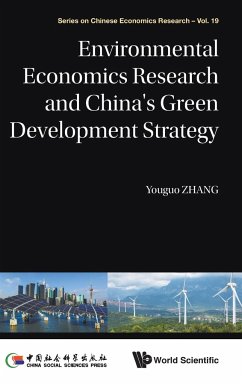Energy development is the effort to provide sufficient primary energy sources and secondary energy forms for supply, cost, impact on air pollution and water pollution, mitigation of climate change with renewable energy.Technologically advanced societies have become increasingly dependent on external energy sources for transportation, the production of many manufactured goods, and the delivery of energy services. This energy allows people who can afford the cost to live under otherwise unfavorable climatic conditions through the use of heating, ventilation, and/or air conditioning. Level of use of external energy sources differs across societies, as do the climate, convenience, levels of traffic congestion, pollution and availability of domestic energy sources.All terrestrial energy sources except nuclear, geothermal and tidal are from current solar insolation or from fossil remains of plant and animal life that relied directly and indirectly upon sunlight, respectively. Ultimately, solar energy itself is the result of the Sun\\\'s nuclear fusion. Geothermal power from hot, hardened rock above the magma of the Earth\\\'s core is the result of the decay of radioactive materials present beneath the Earth\\\'s crust, and nuclear fission relies on man-made fission of heavy radioactive elements in the Earth\\\'s crust; in both cases these elements were produced in supernova explosions before the formation of the solar system.Renewable energy is energy which comes from natural resources such as sunlight, wind, rain, tides, and geothermal heat, which are renewable (naturally replenished). In 2008, about 19% of global final energy consumption came from renewables, with 13% coming from traditional biomass, which is mainly used for heating, and 3.2% from hydroelectricity. New renewables (small hydro, modern biomass, wind, solar, geothermal, and biofuels) accounted for another 2.7% and are growing very rapidly. The share of renewables in electricity generation is around 18%, with 15% of global electricity coming from hydroelectricity and 3% from new renewables. Wind power is growing at the rate of 30% annually, with a worldwide installed capacity of 158 (GW) in 2009, and is widely used in Europe, Asia, and the United States. At the end of 2009, cumulative global photovoltaic (PV) installations surpassed 21 GW and PV power stations are popular in Germany and Spain.


